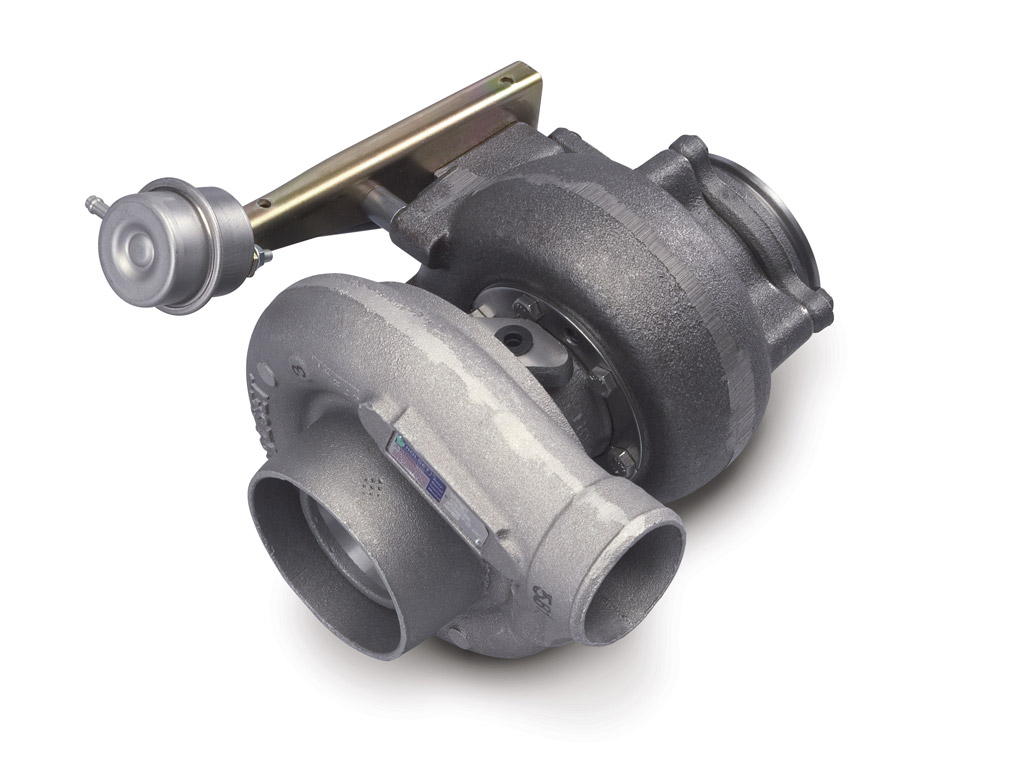
Turbocharger
There’s no doubt new Corporate Average Fuel Economy (CAFE) regulations introduced by the federal government are hitting automakers hard, especially here in the U.S. where traditionally low gas prices have meant vehicle size, weight and efficiency have never been much of an issue. But thanks to CAFE regulations, which stipulate automakers raise their fleet-wide fuel economy to an average of 35.5 mpg by 2016, we’re starting to see a change in the types of vehicles being offered each year.
On the way out are the fuel thirsty SUVs and V-8 sedans that dominated sales during the late 1990s and early 2000s, replaced instead by smaller crossovers, conventional sedans and a new generation of ‘downsized’ engines.
Unfortunately, new car buyers are used to having power so a puttering powertrain just won’t do for most. That’s where the addition of devices such as turbochargers come into play. Thanks to turbochargers--and to a lesser extent, superchargers--automakers have been able to keep power levels up while engine capacity has gone down. Essentially, turbochargers allow automakers to reduce fuel consumption and emissions without impairing performance.
One of the best examples is Ford’s EcoBoost range of engines; the current V-6 EcoBoost offers more power and torque than a similarly powerful V-8 engine but with 15 to 20 percent better fuel economy. Of course, EcoBoost engines also feature direct injection technology, which like turbochargers improves performance while reducing fuel consumption.
Getting back to turbochargers, it’s not surprising that the number in new cars is soaring. Everyone, from budget brands like Hyundai and Kia, to luxury makes like BMW, Mercedes-Benz and Bentley, relies on turbochargers and with the tough new CAFE regulations, they're now more crucial than ever.
In fact, by 2015, J.D. Power and Associate predicts that as many as 25 percent of all light vehicles sold in the U.S. will be turbocharged, up from 8 percent this year.
The technology has been around for a long time and turbos are relatively cheap compared to other means of improving fuel economy, such as reducing vehicle weight and installing complicated hybrid systems.
Of course, turbochargers in the past have had a reputation for poor reliability but modern designs have improved considerably thanks to advancements in materials, design and manufacturing--today's turbochargers have key components made of temperature-resistant materials such as ceramics and nickel-based alloys.
Supercharging is another way to get more power out of a smaller engine, though these belt-driven air pumps have historically been used on more expensive cars. As turbos soar in popularity, expect to see more superchargers enter the ring as well.
If your current car is not turbocharged, there’s a growing possibility that your next one will be.
[Automotive News, sub req’d]













